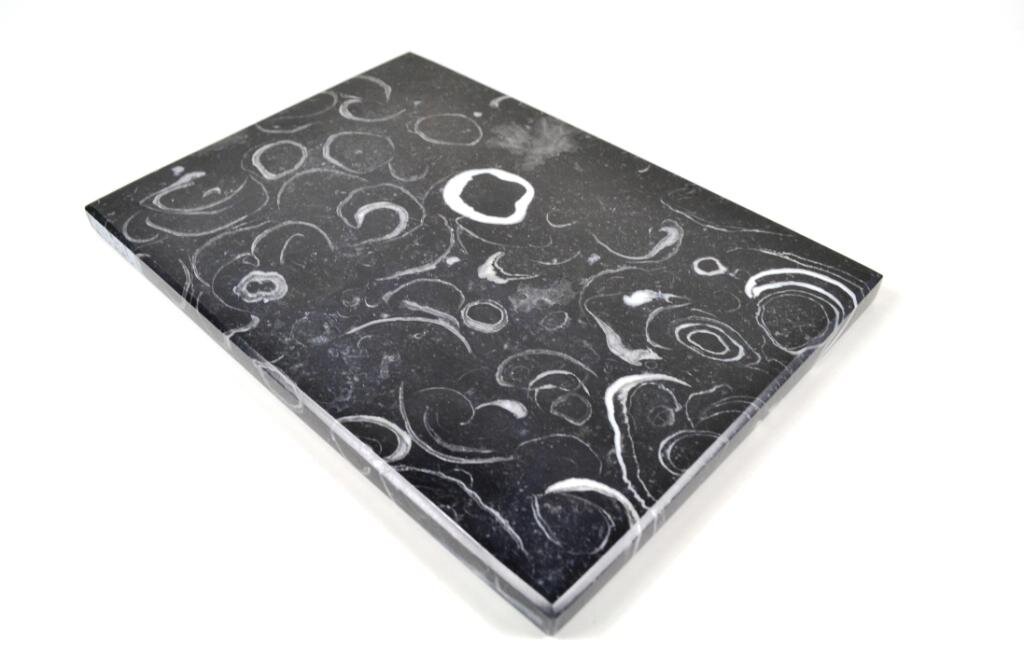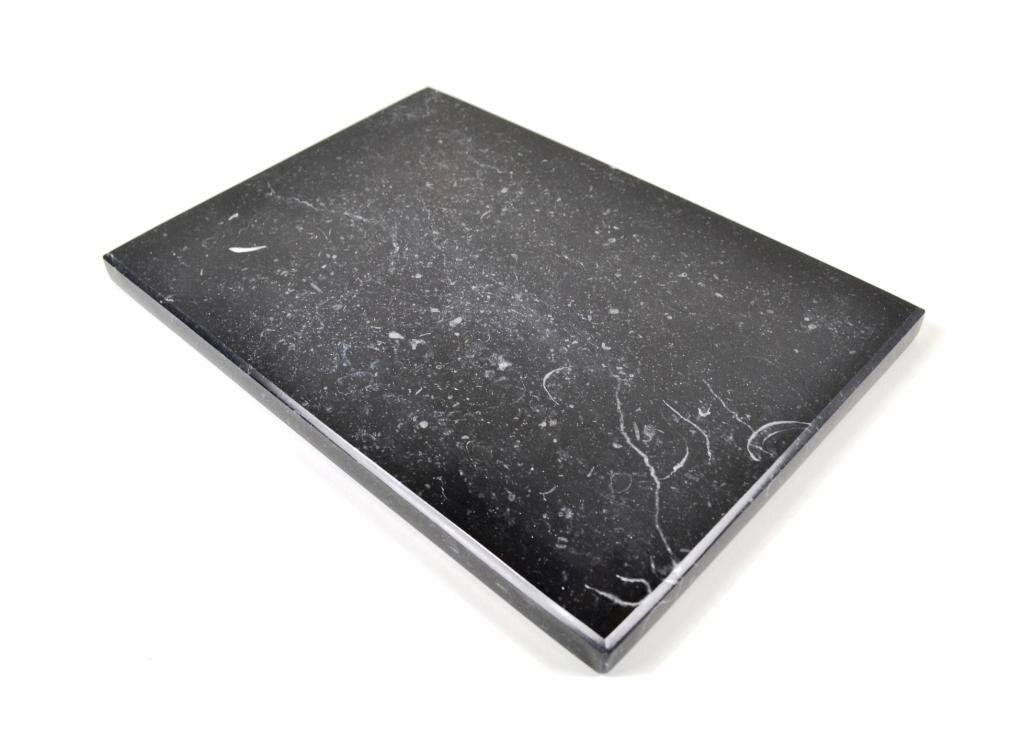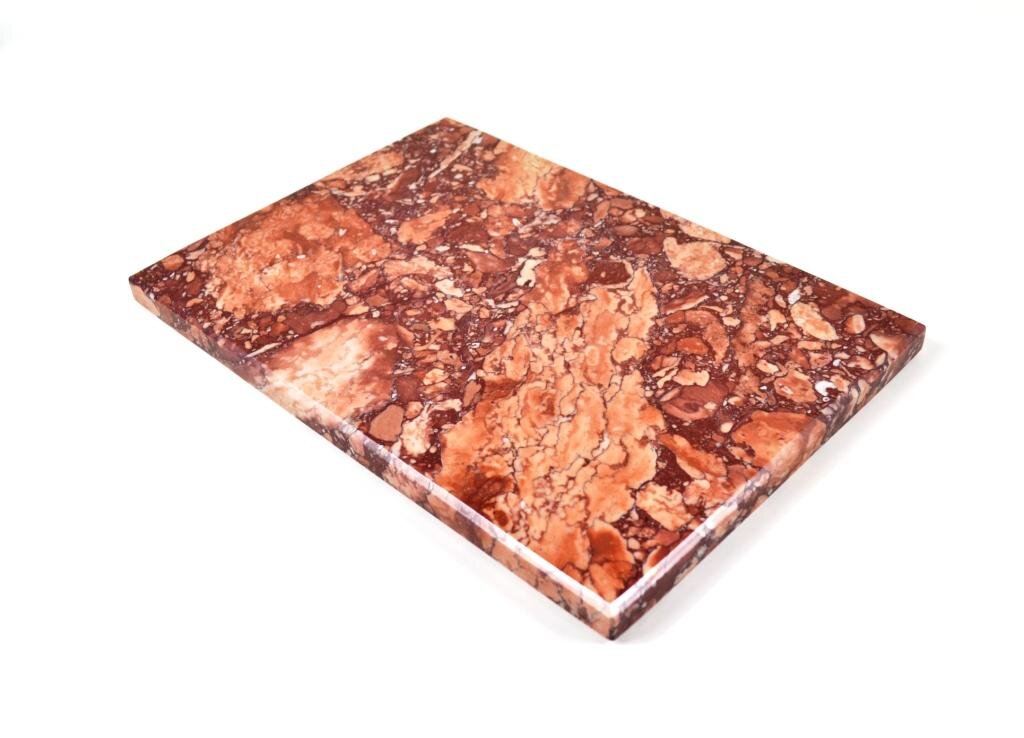“The colours of the marbles in Ireland are almost as numerous as those obtained from Italy.” (George Wilkinson, On The Marbles of Ireland, 1845)
The marbles of Ireland are a valuable and largely forgotten natural treasure. The quarry workers, stonemasons and craftspeople who raised, cut, carved and polished Ireland’s splendid decorative stone during the Victorian period have long been lost to history. Nineteenth century Ireland prided itself with a remarkable network of stone quarries, craft communities and transport routes, including inland waterways and an extensive railway network in the latter part of the century. This promoted inexpensive movement of marbles from their quarry sources across the entire island.
Victorian architects and sculptors utilised the widely available multi-coloured decorative stone and an array of Irish marbles can be seen in structural columns and ornamental features in many Victorian buildings, especially churches and banks, in all regions of Ireland. Victorian architects committed to and promoted the use of native marbles in their buildings in place of imported British and European stone. This led to post-famine commercialisation of Irish marble, cultivation of artisan craftsmanship and development of marble quarries and mills. Irish marble was widely exported during the 1800s to Britain, Europe, America and even as far as Australia.
Mr. Manderson was one of the many skilled marble workers in Ireland. He established a marble mill on the river Shannon at Killaloe in 1840 where he cut and sculpted indigenous marbles for architectural and ornamental use. The stone was then transported by barge on the Shannon and various canals to its final destination. He worked all types of Irish marble from the black varieties of Galway and Kilkenny to the greens found in Connemara, the reds of Cork, Kerry and Limerick, and the assortment of mottled greys in the midlands. Ireland abounds with rich, colourful, durable limestones, which were extensively worked as marbles but are now largely forgotten.
What is a marble?
In commercial terms marble is an attractive stone which is susceptible to a polish. However, in geological terms, marble is a metamorphic rock whose parent rock was a limestone, a sedimentary rock, consisting of calcium carbonate. During metamorphism limestone is altered by heat and/or pressure and a resultant marble is formed. The majority of Irish “marbles” are in fact polished limestones.
We would like to illuminate the hidden potential of one of Ireland’s most unique and precious decorative resources. We are delighted to present to you a range of expertly crafted, uniquely attractive tableware wrought from native Irish limestone. The Kilkenny Black Marble and Kilkenny Shell Marble are sourced from Threecastles, north of Kilkenny, and the Lisheenbawn Red Marble is from Castleisland in Kerry. The famous Kilkenny black marble quarries have been working since the mid 1700s and the Lisheenbawn quarry was established at the end of the nineteenth century. Each piece of polished, carved stone in this range presents a unique texture, colour and assemblage of fossils.
Kilkenny Marble: Kilkenny Marble is a polished limestone. Limestone is the most common sedimentary rock in Ireland consisting of compacted skeletal fragments of marine organisms, which are composed of calcite. The addition of carbon to the Kilkenny limestone results in the black colour. This limestone was deposited some 350 million years ago during the Carboniferous period when Ireland was situated close to the equator and covered with a shallow, tropical sea teeming with life. The large white markings in the Kilkenny Shell Marble are the remains of sea shells. The small, white, isolated circles that resemble bolts are the stems of marine animals called crinoids (commonly known as sea lilies). Colonial corals and solitary corals may also be visible in some specimens. While at first glance the Kilkenny Black Marble may appear to be pure black, a closer look reveals tiny shell fragments and crinoid stem remains.
Lisheenbawn Red Marble: The vibrant red limestone is a lime conglomerate, which is a clastic fossiliferous sedimentary rock (composed of fragments, or clasts, of pre-existing minerals and rock). The pinkish white blotches are calcite pebbles and the dark red wavy lines are iron-rich clay seams, which are held in a red clay cement stained with iron. Small, white, circular fossil crinoid stems are also visible in this stone. This stone was also deposited during the Carboniferous period.
Manderson’s Marbles is provided to you by Caulfield Country Boards. We are proud to partner with McKeon Stone from whom we source the iconic Kilkenny and Lisheenbawn marbles. The illustration is by the talented Irish artist, Deirdre Caulfield.



![MM2C Coasters set of 2 [10x10x1.2cm] (2).JPG](https://images.squarespace-cdn.com/content/v1/59481d363e00bef2dac3cc1f/1618250118271-JK3U6KXKCRHQ1WNBX9W2/MM2C+Coasters+set+of+2+%5B10x10x1.2cm%5D+%282%29.JPG)



![MML Long server [37x12x1.8cm] (1).JPG](https://images.squarespace-cdn.com/content/v1/59481d363e00bef2dac3cc1f/1618238021179-YTJ5FDOIUP50UKYUIV66/MML+Long+server+%5B37x12x1.8cm%5D+%281%29.JPG)
![MMR Rect server [31x22x1.8cm] (1).JPG](https://images.squarespace-cdn.com/content/v1/59481d363e00bef2dac3cc1f/1618238035454-8FA39JS620TTVZPE3V84/MMR+Rect+server+%5B31x22x1.8cm%5D+%281%29.JPG)